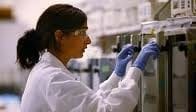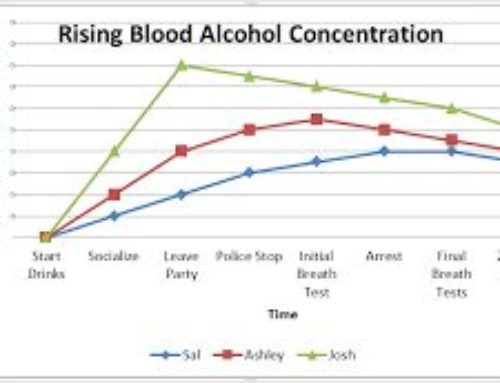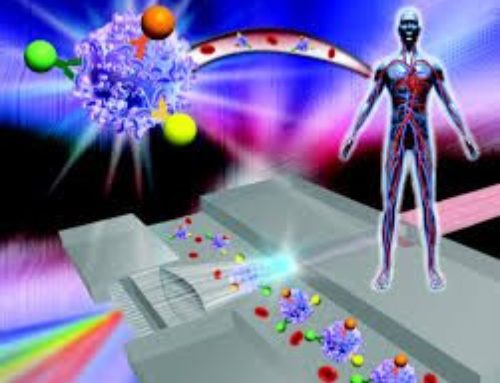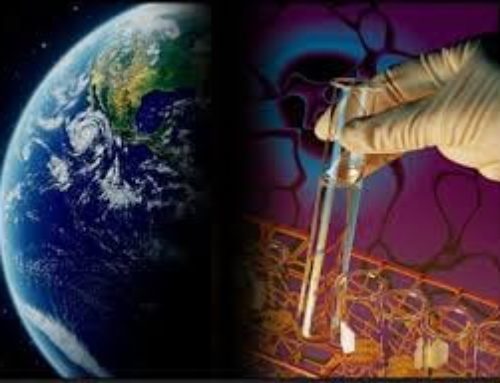In 1999 Timothy Masters was convicted of murdering a woman he had never even met. Insisting on his innocence, Masters and his criminal defense attorney fought the charge for nearly a decade. Finally, in 2008, he was found not guilty and released from prison. The final ruling was the result of a method of forensic analysis called Touch DNA. Although not usually mentioned by prosecution witnesses, using Touch DNA analysis is an incredibly useful approach to defending criminal cases.
Touch DNA is left on any object a person touches. When someone opens a door, a small amount of skin cells are left on the handle and can be found by forensic scientists later. This method of finding DNA evidence works with less than a dozen skin cells in a sample. Since we are constantly shedding skins cells everywhere we go, Touch DNA can theoretically be found on anything we touch. With this knowledge in the hands of the jury, Touch DNA can make or break a prosecutor’s case.
At first, this may sound like bad news for people defending themselves in Bryan-College Station criminal cases. If your DNA is on everything you touch, shouldn’t this make it easier for a prosecutor to convict you? Fortunately, this is not the case. Touch DNA is not always found on objects when it theoretically should be.
Often when trying to prove that a certain individual committed a crime, the state will produce a weapon and claim that weapon was the one used in the crime. An expert witness may say, for example, “this knife matches the wounds” and the prosecutor will imply that this somehow proves guilt. But when asked about Touch DNA, the expert will be forced to admit that they did not find any.
To get this to work, we first have the expert talk about the credibility of Touch DNA analysis. Its background is solid enough that even a hostile witness will convince the jury they should be concerned with Touch DNA. The only problem with Touch DNA is its tendency to produce false positives. This means that even if the defendant’s DNA is found on the object, the results can be called into question. In a way, both the strengths and weaknesses of Touch DNA are beneficial to criminal defense.
As in the case with Timothy Masters, Touch DNA (or lack thereof) can prove innocence when nothing else can. With the rising popularity of shows like CSI and NCIS, jurors are very interested in DNA evidence during trial. DNA analysis is a scientifically proven technique which attorneys are very unlikely to successfully refute. Since modern scientists can now analyze the small samples taken in Touch DNA, prosecutors are expected to have that evidence if a jury is going to convict the accused. When this evidence is not there, that creates reasonable doubt, and that is all we need for another “not guilty” verdict.
Texas criminal defense lawyer, Stephen Gustitis, has practiced criminal law exclusively since 1990. First as an assistant district attorney with Brazos County and then in private defense practice. He is Texas Board Certified in criminal law and committed to the aggressive and ethical defense of citizens accused of crime.
Stephen Gustitis is a criminal defense lawyer in Bryan-College Station. He is Board Certified in Criminal Law by the Texas Board of Legal Specialization. He is also a husband, father, and retired amateur bicycle racer.
Related Posts:
Areas of Practice – Drug Charges






